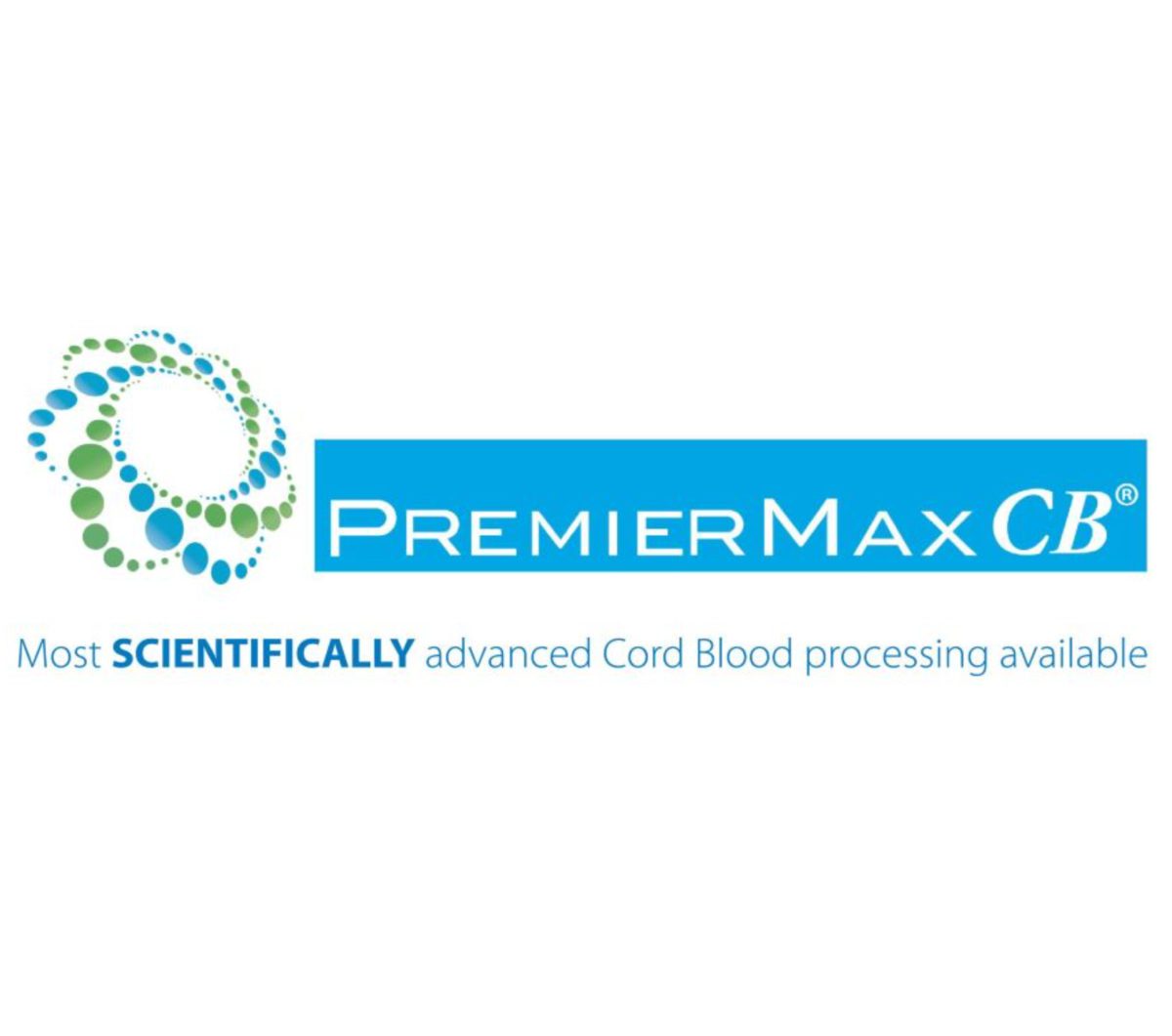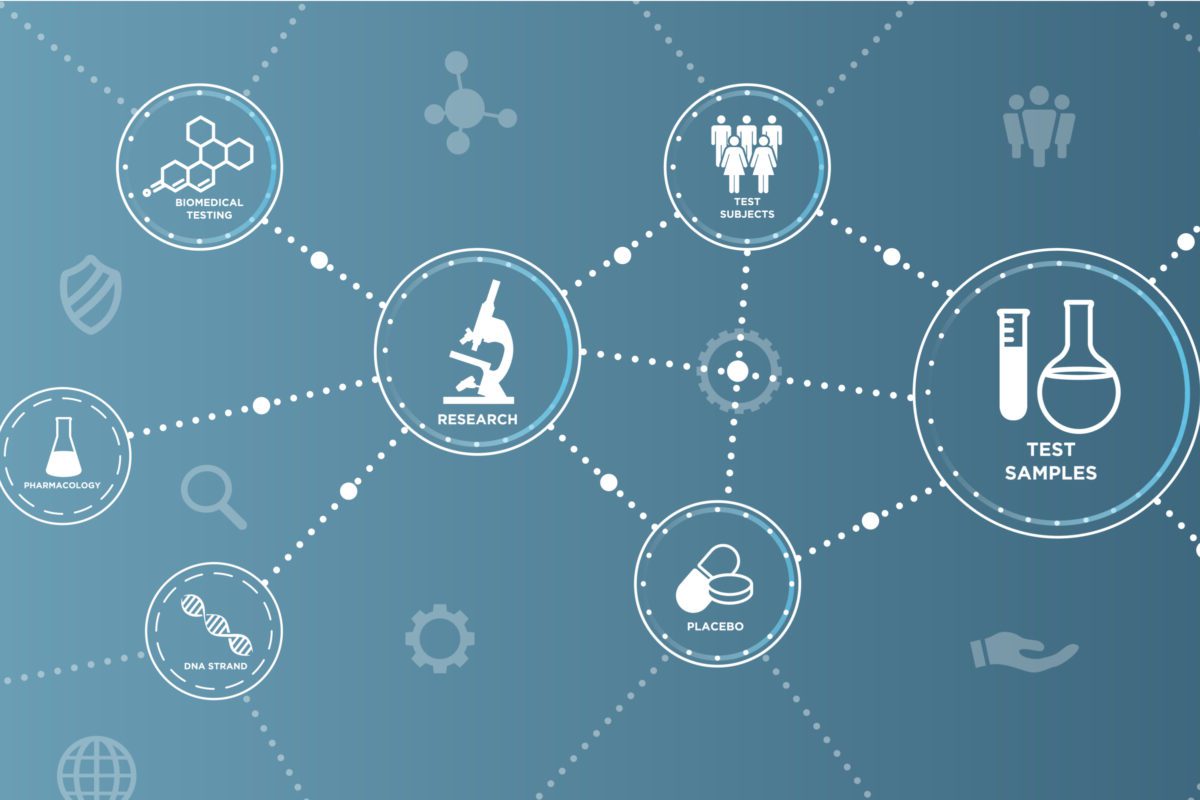What is a 5-compartment cord blood freezer bag?
Historically, cord blood was stored in a cryo-bag with only one or two chambers. Using a one chamber bag requires all of the stored product to be used at one time. A two-chamber bag typically has 80% in one section and 20% in the other section and allows for each section to be used independently or in tandem with the other section. Prior to the advent of regenerative medicine and cellular expansion, cord blood treatments typically required the entire unit to help rebuild the blood and immune system. A small portion was used for testing and the bulk of the unit was administered to the patient.
Cord blood is now being used in clinical trials to potentially regenerate or facilitate repair by stimulating the body’s self-healing’s abilities. Regenerative medicine treatments are typically targeted, localized injections using lower dosing volumes. With this shift toward lower volumes, cord blood units could soon be used multiple times, if stored appropriately.
In support of this emerging potential for utilization of stem cells in regenerative medicine, Cord for Life® now offers the option of storing cord blood in a 5-compartment cryo-bag. Storing the cord blood unit in five smaller volumes makes it possible to use a portion of the stem cells and save the rest for future use. The 5 compartments total the same total volume (25mL) as the one- or two-chamber freezer bags, so the added flexibility does not change the ability to use the entire unit in the typical cord blood treatments of today, while increasing user options for new treatments of tomorrow.
Which cord blood storage bag is best for me?
Although we offer the option to store cord blood in a two-chamber cryo-bag, we recommend the five-chamber bag to anyone who wants to keep their options open for using cord blood in regenerative medicine applications as they become available. Cord for Life®’s 5-chamber cryo-bag offers maximum flexibility for storing cord blood stem cells – whether you need the entire unit for one of the 80+ FDA treatments or a portion of the unit for regenerative medicine.
What are some potential future uses for cord blood?
It is estimated that up to 128 million individuals might benefit from regenerative medicine therapy, or almost 1 in 3 individuals in the US1. Research has shown that umbilical cord blood is a trustworthy source of multipotent stem cells for regenerative medicine2. The human umbilical cord is being increasingly recognized by the medical community for its potential in regenerative medicine and cellular therapies. Previously discarded as medical waste, these valuable stem cells are now at the forefront of medical research.
According to Save the Cord Foundation, landmark trials are currently underway in regenerative medicine that are investigating treatments for brain injuries, juvenile diabetes, heart disease, and corneal regeneration3.
Cord for Life® is committed to advancing research into the potential for cord blood in regenerative medicine, beginning with clinical trials in the treatment of lower back pain arising from the Sacroiliac Joint (SIJ) using a biological therapeutic derived from umbilical cord blood. We are actively evaluating other research avenues that improve the lives of our clients and their families.
How does cord blood banking work?
Cord for Life® collects umbilical cord blood, from which we extract and cryogenically store stem cells for potential future use. The process is non-invasive and results in high yields of stem cells and other related cell types. Only available immediately after childbirth, these stem cells are a 100% genetic match to the baby and immunologically naïve, making them potentially suitable for other family members and unrelated recipients. As a result, they can be stored privately for well over 25 years for a family’s exclusive use or donated to the national inventory to be used for research or transplants for someone in need.
Sources:
- The potential of cord blood stem cells for use in regenerative medicine: Expert Opinion on Biological Therapy: Vol 7, No 9 (tandfonline.com)
- Umbilical Cord Blood: A Trustworthy Source of Multipotent Stem Cells for Regenerative Medicine – Tang-Her Jaing, 2014 (sagepub.com)
- The role of cord blood in regenerative medicine – Cord Blood Education for Parents, Health Professionals and Students – Save the Cord Foundation












